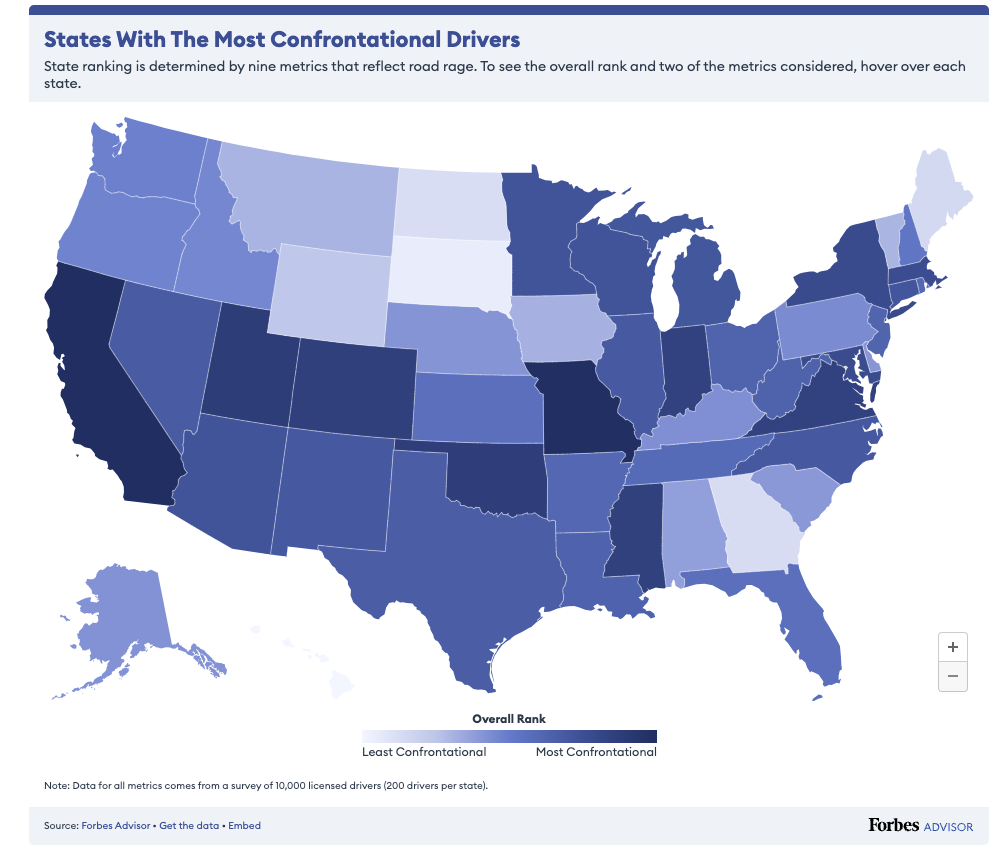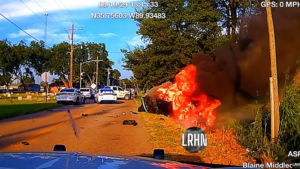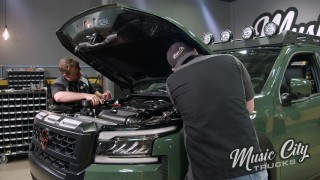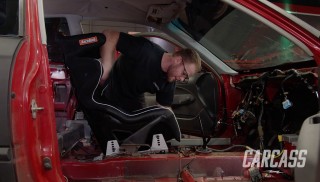The Most Confrontational Drivers in the US in 2024
Confrontational driving is an escalating issue across the United States, making the roads increasingly dangerous for drivers. Over the past decade, incidents of violent road rage have surged, with road rage shootings increasing by more than 400% from 2014 to 2023, according to data from the Gun Violence Archive analyzed by The Trace. This trend underscores the need to understand where aggressive driving is most prevalent and how it affects motorists.

Table of Contents
To pinpoint the states with the most confrontational drivers, Forbes Advisor conducted a comprehensive survey involving 10,000 licensed drivers from all 50 states. The study assessed each state across nine key metrics to determine where folks encounter the most aggression on the road.
Key Findings:
- California ranks first for the most confrontational drivers. Commuters in the Golden State report high levels of aggressive behavior, including being cut off, cursed at, and tailgated.
- Missouri follows closely, with a significant percentage of people experiencing yelling, insults, or threats from other motorists.
- Utah is third, with many automobile users encountering rude gestures and honking in frustration.
- The South has a notable presence in the top ten, with Oklahoma, Mississippi, Virginia, and Maryland all making the list.
- Hawaii boasts the most polite, followed by several Midwestern and Western states.

The Top 10 States With the Most Confrontational Drivers:
- California: California faces the highest levels of road rage incidents. Nearly 48% report being cut off intentionally, and 32% have been yelled at or insulted. Tailgating and other aggressive behaviors are also common.
- Missouri: Missouri’s drivers experience the highest rate of yelling and threats (33.5%) and frequent tailgating (59.5%). The state also ranks high in incidents of drivers being forced off the road.
- Utah: Utah commuters report the highest rates of being blocked from merging (42.5%) and encountering rude gestures (54%). Aggressive honking and tailgating are also prevalent.
- Oklahoma: Oklahoma sees a high incidence of rude gestures (46.5%) and blocking maneuvers (37.5%). People also report frequent honking out of frustration.
- Colorado: Confrontations in Colorado often involve drivers exiting their vehicles to yell or fight (13%). The state also has high rates of intentional cut-offs and blocking.
- Mississippi: Mississippi folks face a high risk of being forced off the road (13.5%) and report frequent road rage (7.5%). Aggressive merging and intentional cut-offs are common.
- Virginia: Virginia ties with Indiana for seventh place. Drivers here report being forced off the road (15.5%) and experiencing frequent road rage (9%).
- Indiana: Indiana faces a high rate of confrontational behavior, including yelling, blocking, and tailgating. Many drivers report being cut off intentionally.
- New York: New York drivers are among the angriest, with the highest rate of drivers exiting vehicles to confront others (13.5%). The state also has frequent road rage incidents.
- Maryland: Maryland ranks high for aggressive behaviors such as intentional cut-offs (45.5%) and frequent road rage (8.5%).
Road Rage Trends Over Time:
In 2023, Arizona topped the list for the most confrontational motorists, while Delaware had the most polite. The current data shows a persistent issue with aggressive driving across various states, impacting both safety and insurance rates.
Insurance Implications:
Confrontational driving not only endangers lives but also leads to increased insurance premiums. The average cost of car insurance can rise significantly for drivers involved in road rage-related accidents. For instance, California citizens, already facing the worst road rage, experience the highest insurance rate increases (97%) following accidents causing injuries.
Defensive Drivers
Understanding where confrontational driving is most common highlights the need for proactive measures to improve road safety. Enhancing driver education, enforcing stricter traffic laws, and implementing better urban planning can help reduce aggressive behaviors.
Personal practices such as stress management and using advanced driving technologies can also contribute to safer driving. By combining these efforts, we can foster a more respectful and safer driving environment across the nation, ultimately reducing road rage and its associated risks.









